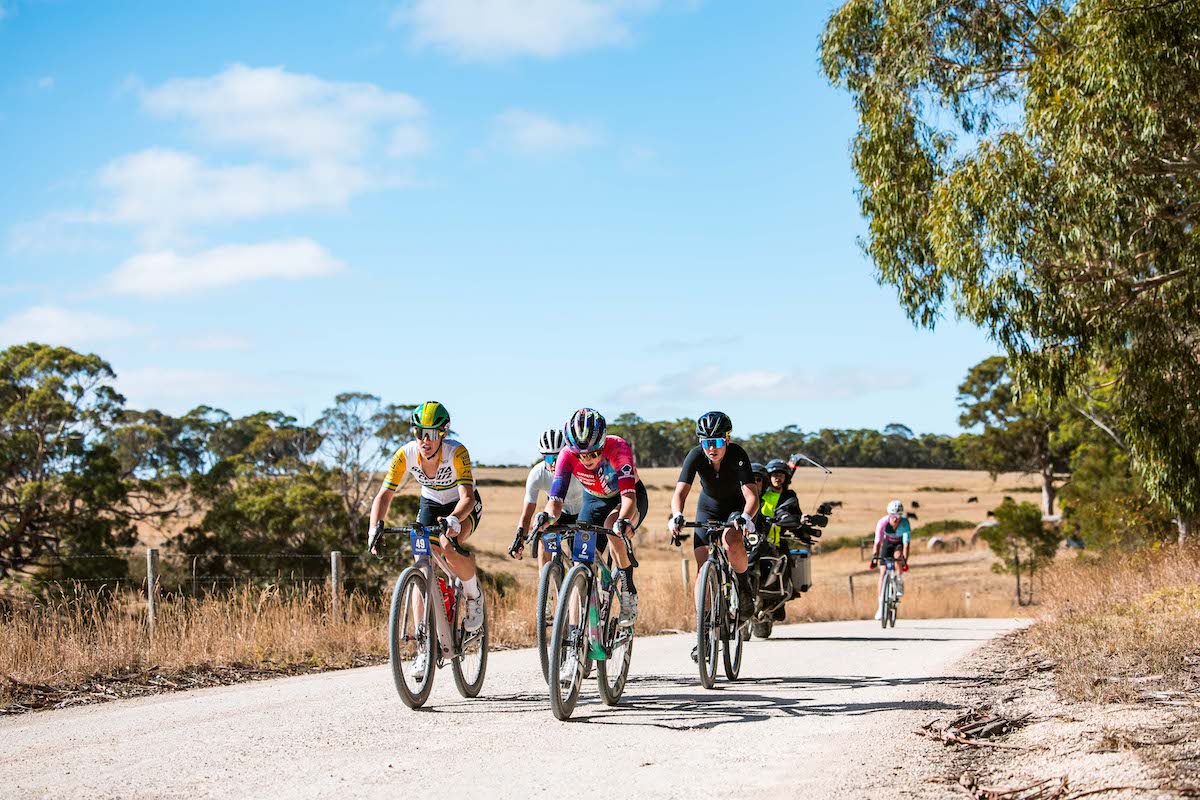Best leg warmers for cycling: 6 options for all budgets tested and rated
The best cycling leg warmers add extra warmth and will extend the usability of your bib shorts
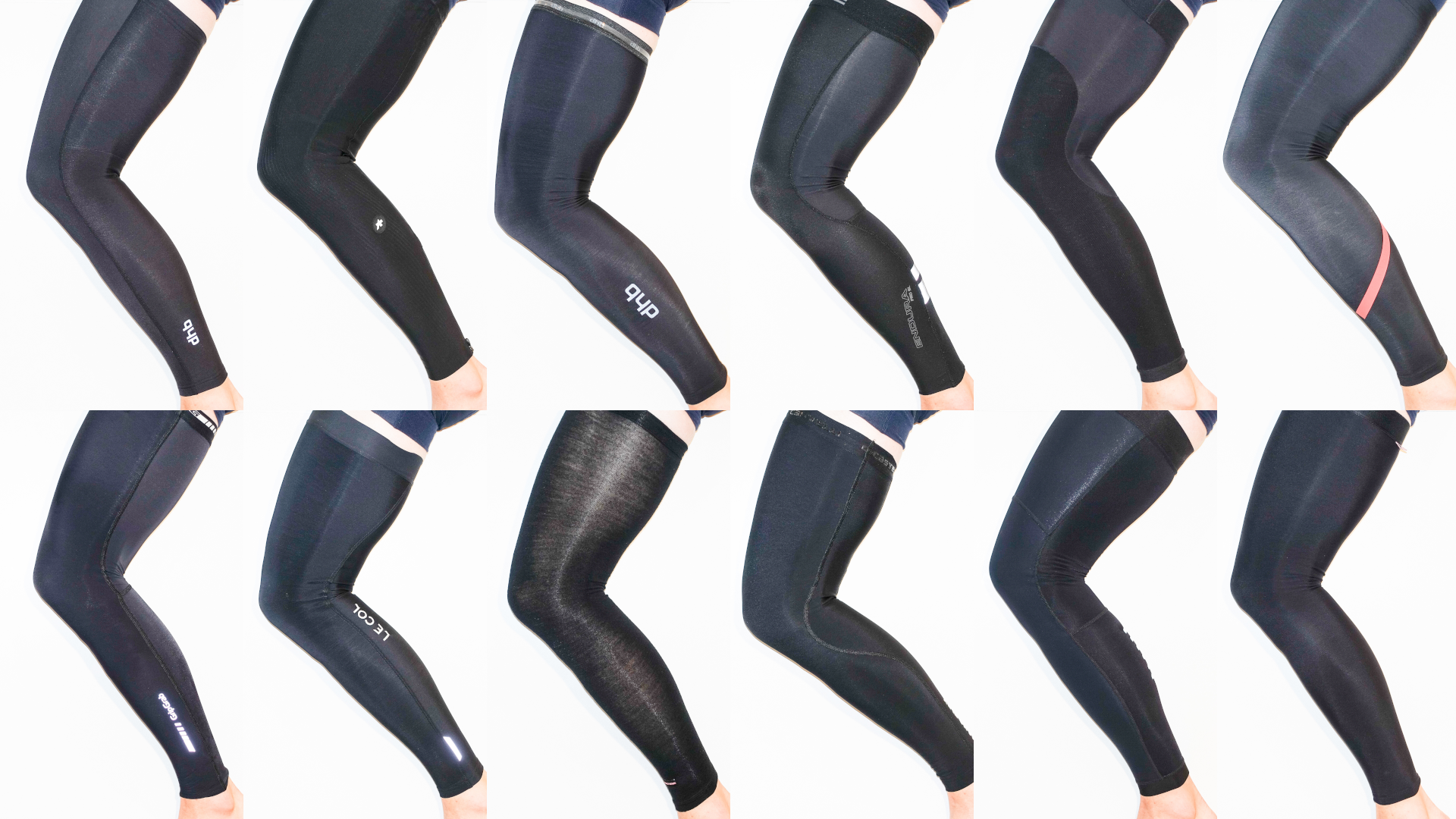
For winter conditions, many riders reach for a set of the best winter bib tights. My preference though is to use a set of the best winter cycling shorts combined with a good quality pair of leg warmers. It means I can tailor things to the conditions much more easily, choosing lighter options when it's not so cool, or more durable, water resistant models when riding off road. Even if you've only got a set of summer bib shorts, adding a set of leg warmers underneath will massively extend their range of useability, keeping you riding for longer before having to splash out on bigger ticket winter gear.
Best leg warmers for cycling - our picks
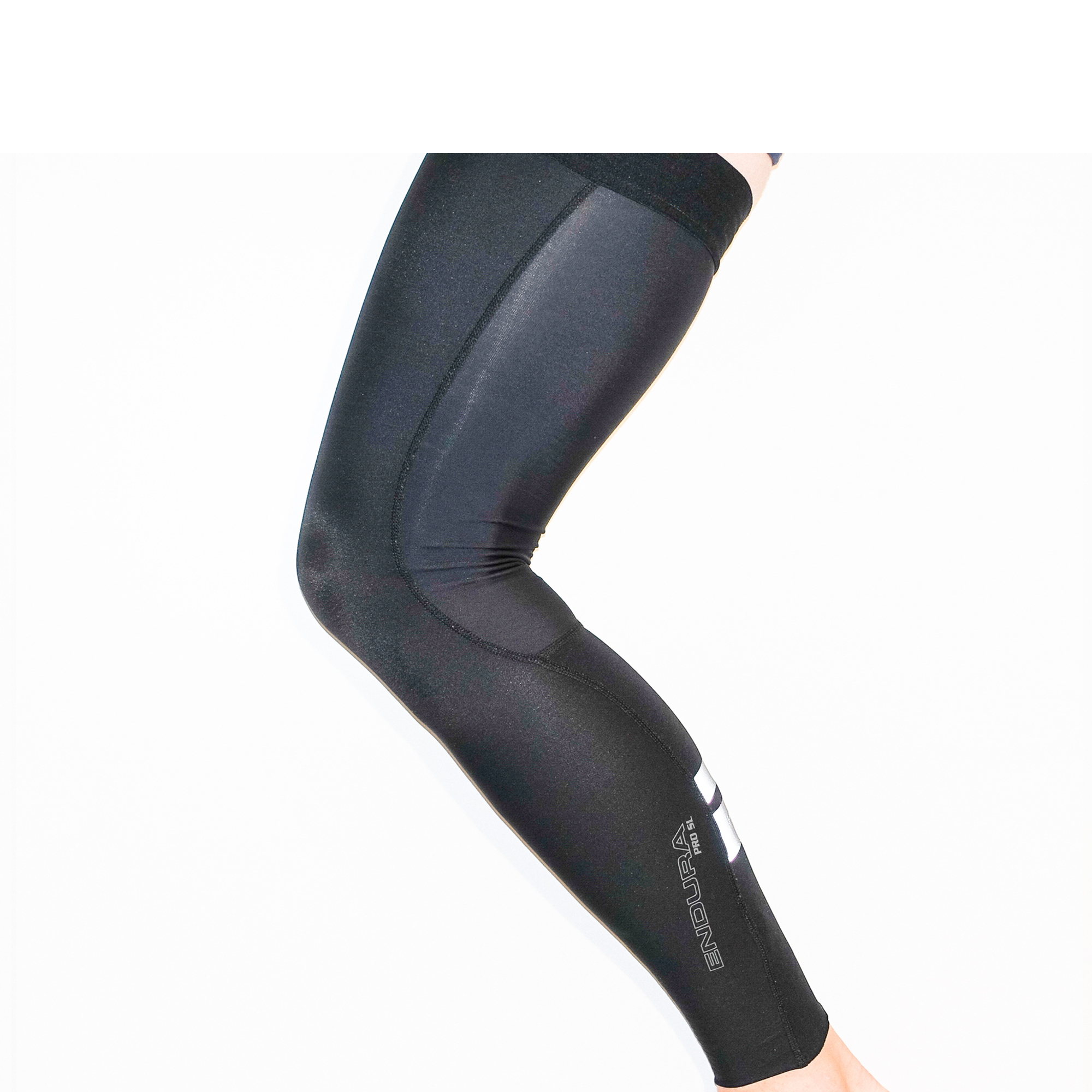
+ Compressive fit
+ Comfortable grippers
+ Proper reflective detail
- Hard to get on/off
When doing a group test, it's always telling which products I actually reach for when I'm not testing. In the case of leg warmers, the Endura Pro SL Leg Warmers are the best of the bunch, and they're what I tend to wear if they're not in the wash.
The length provides good coverage, and the grippers are comfortable. The fit is compressive, especially on the lower leg, though this does make them harder to get on and off. On the back of each calf is a properly reflective patch, rather than a token strip of material sewn into a seam.
The fit is also articulated, with a more windproof front and a more fleecy hamstring area. Finally, the lower hem is raw edge, so you don't have any pressure points around your ankles if you're also layering up with winter cycling socks, and a pair of the best cycling overshoes.
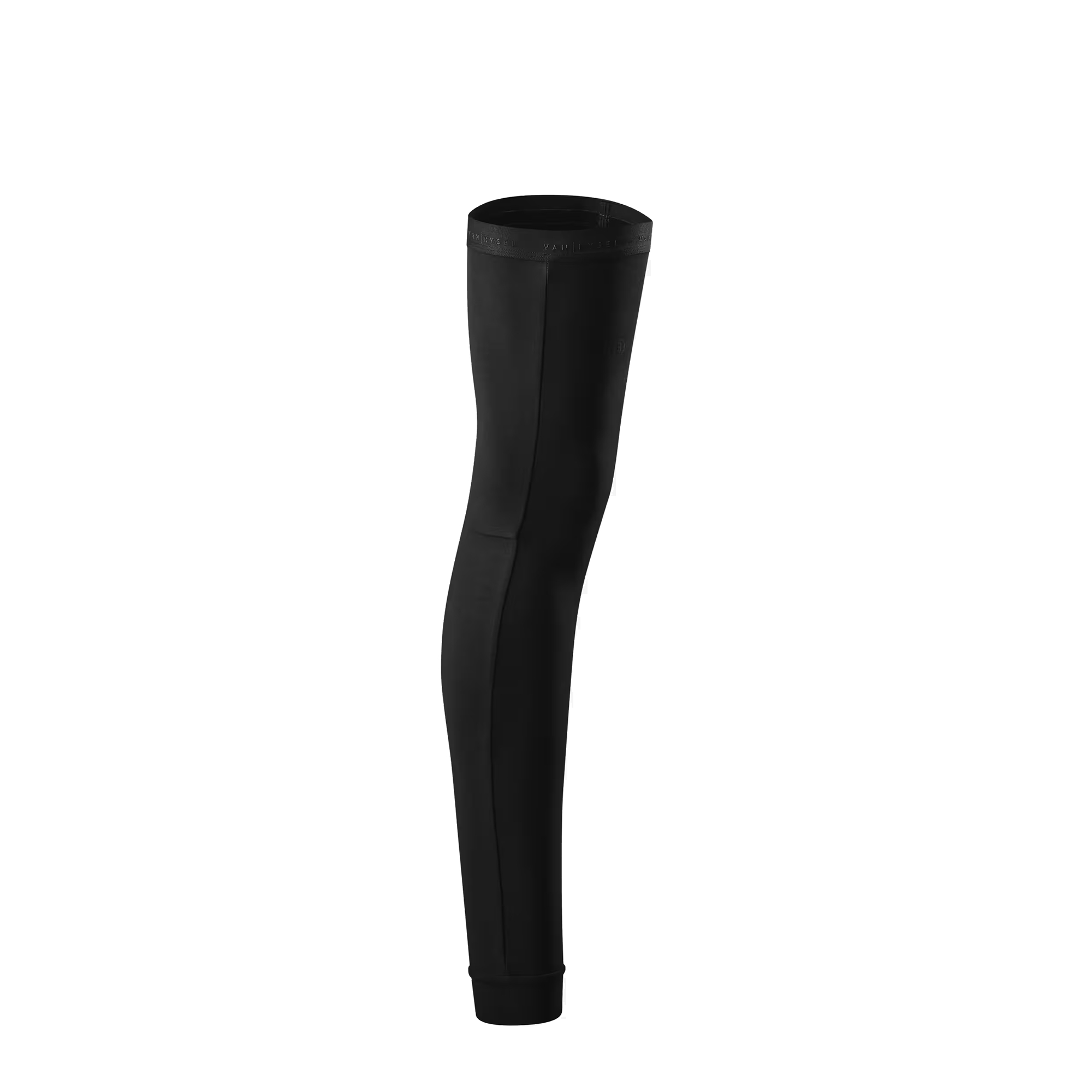
+ Competitively priced
+ Breathable material
- Thin material isn't the warmest
- Limited water resistance
Leg warmers don't have to be a complicated piece of kit, they are essentially tubes of lycra. Not everyone needs the most technically advanced materials and treatments so if you're just looking to add a little bit of extra warmth this affordable pair of leg warmers from Van Rysel are a great option. They aren't the most compressive although the material has plenty of stretch to ensure a good secure fit.
Don't expect a load of warmth or weather protection though as the material is quite thin and there isn't any DWR treatment to fend off rain or puddle splashes.
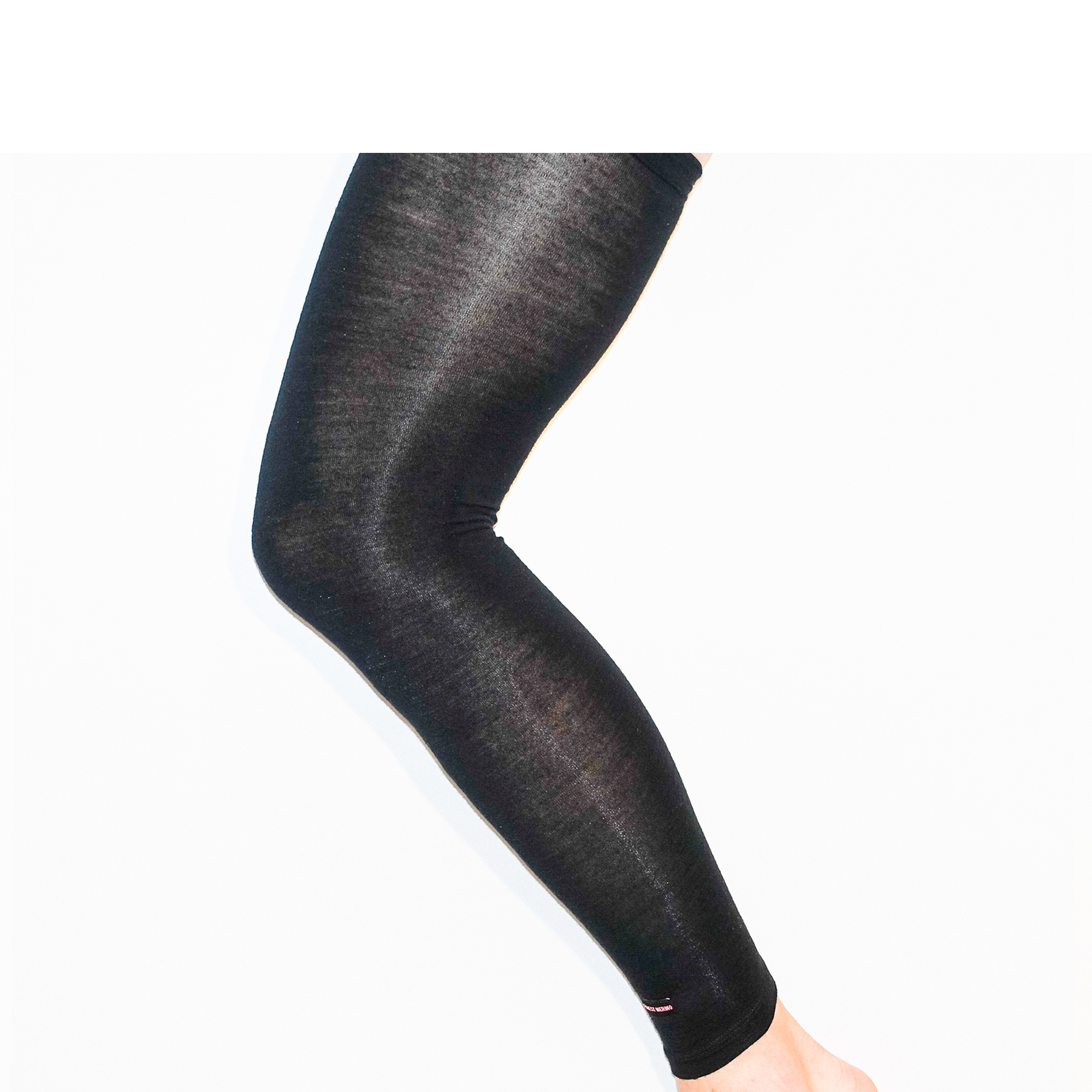
+ Extremely comfortable
+ More breathable than Lycra options
- Not good in the wet
- Reduced wind resistance
If you want absolute comfort then these are the pair to choose. The simple merino tubes feel great next to the skin and, despite looking quite airy, are very good at keeping you warm. They aren't what I'd choose for a wet or a very windy ride though, but for a cold but dry ride - or even a bike tour where they can be happily worn in a sleeping bag, they'd be perfect.
They also pack down smaller than lycra options, further bolstering their bike touring credentials. They are more fragile though, so watch out for snagging and don't tug on them too hard when pulling them on/off or you may put your finger through the weave!
The grippers aren't the usual for Rapha either and are much less grippy. They do stay up, but if you want that locked-in feeling then maybe go elsewhere. Likewise, as per Merino base layers, they do stretch a little with use and spring back after a wash.
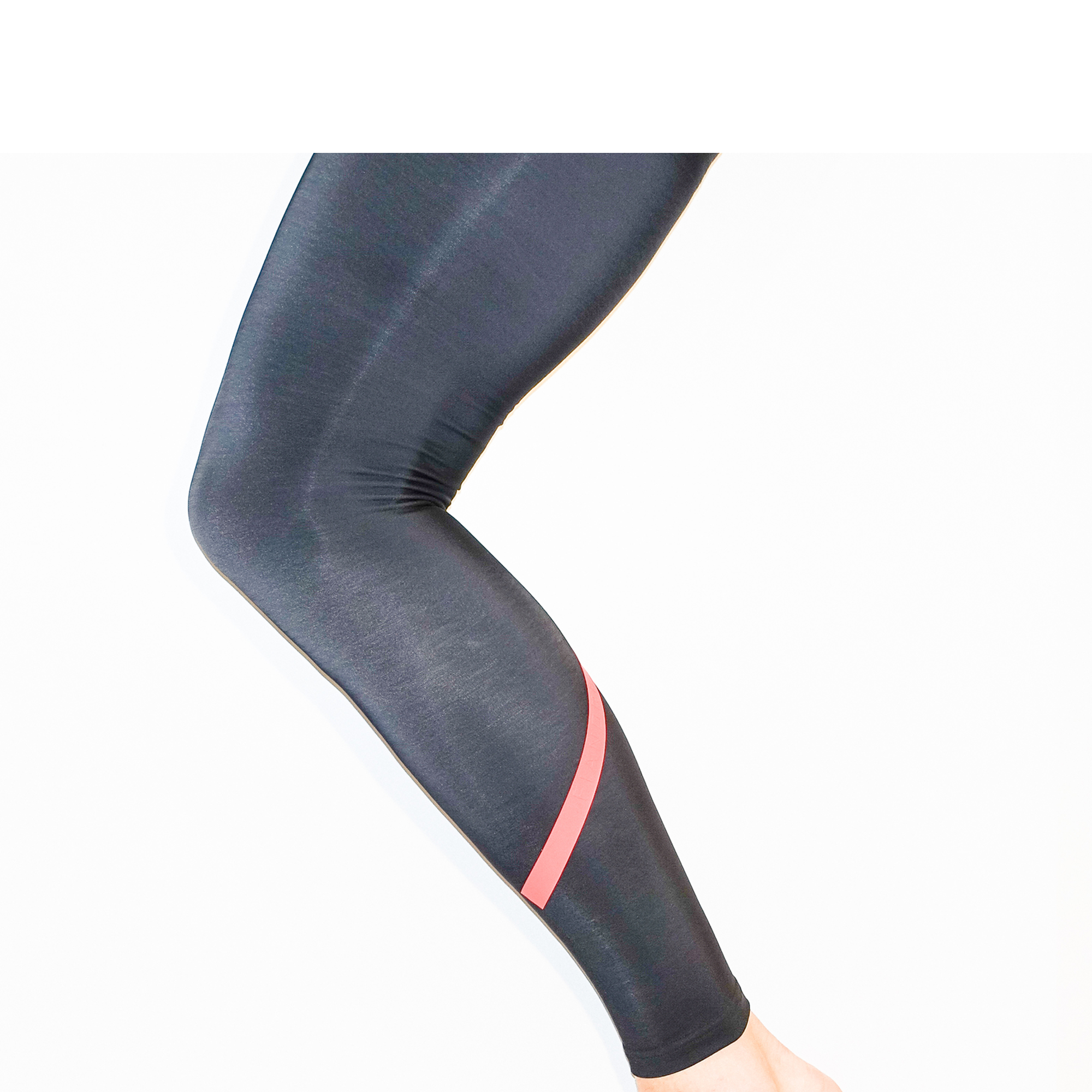
+ Great DWR
+ Good length
- Basic grippers
In much the same way as the Sportful Fiandre NoRain Pro bib shorts, these won me over with the great water resistance that the durable water repellent offers. They're a little basic in terms of construction compared to the similarly showerproof Castelli Nano-Flex, but the lack of abundant seams means fewer places for water to seep in.
The length is good, even for long-legged folk, and while the grippers are a little basic the compressive fit overall keeps them locked in place and makes them feel good and supportive.
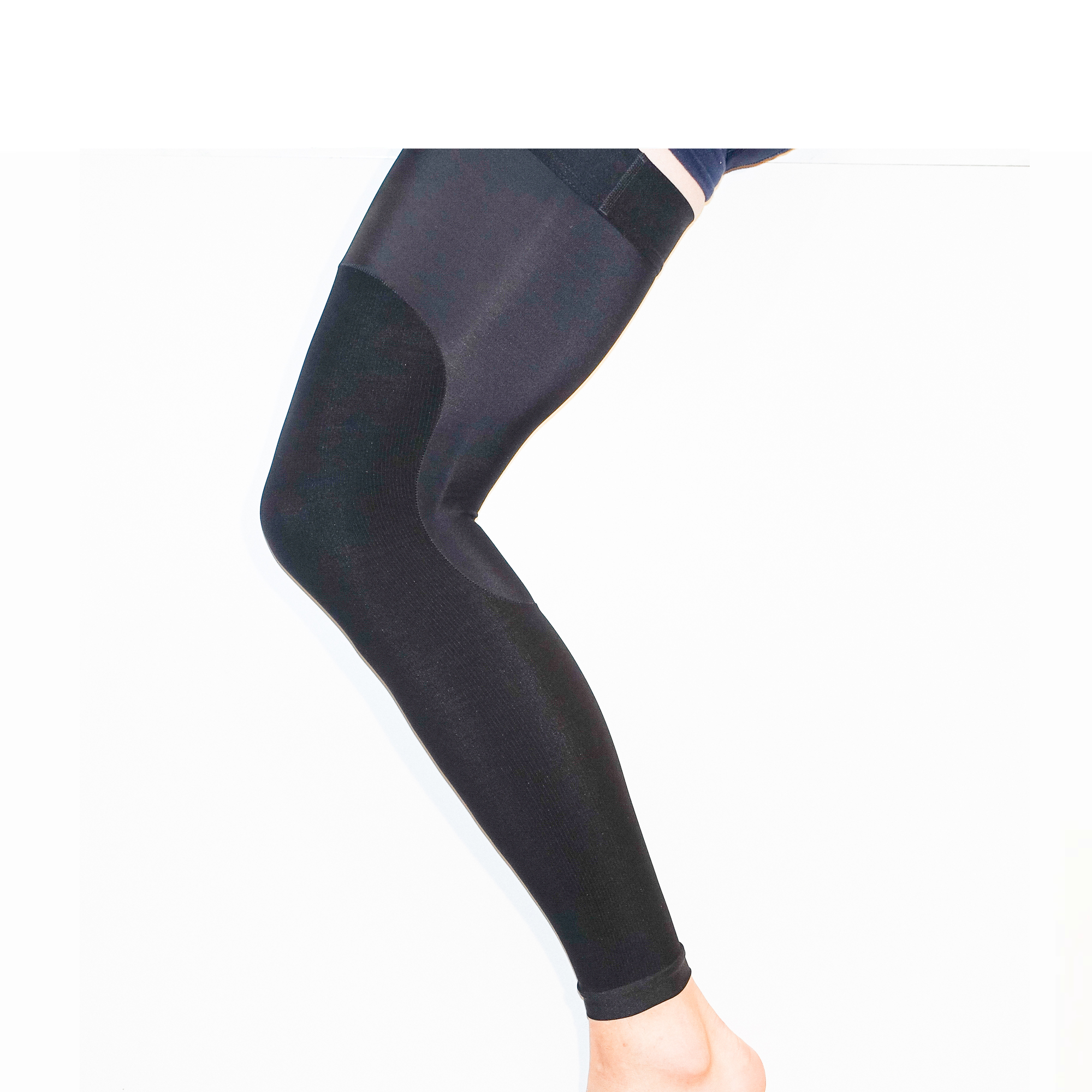
+ Lightweight and packable
+ Tougher materials
+Tenacious grippers
- Not as warm as others
Another gravel-specific product to consider? I'm afraid so and in the right context I really like the Rapha Explore Leg Warmers. They are made from a thinner, more windproof ripstop material, with a more insulated rear hamstring as you'd find on the Endura Pro SL, but they lack the bulky fleece backing of every other option here. There is a slight softness, but they aim to keep you warm by keeping the wind and rain off, rather than through insulation.
This has the effect of making them extremely light and much more packable than the other options, ideal if you're tight on cargo space. The grippers are tenacious so there is no risk of slippage and the fabric is also noticeably more sturdy and abrasion-resistant than the rest, perfect if you're spending time off the bike, or scrambling about in the undergrowth.
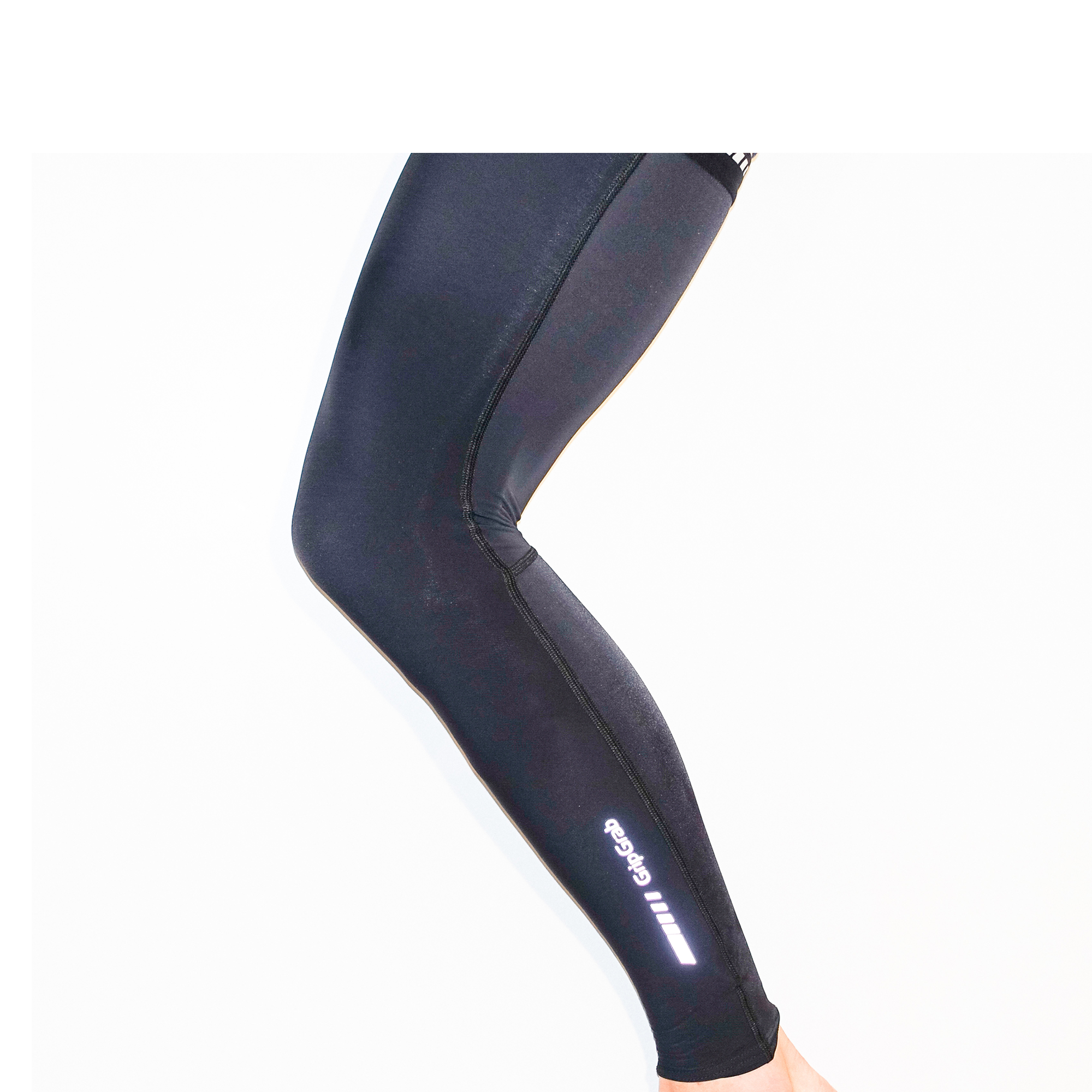
+ Perfect for high-effort rides
+ Very comfortable
- Narrow range of useability
- Prone to spray
These leg warmers are more for spring and autumn than they are for winter use. The materials used are only a little thicker than what you'd find a pair of summer bib shorts made of, so if it's in single figures you're going to find them too cold. The lightweight fabric also struggles if there's a lot of road spray, as they wet through easily.
On the flip side, they are perfect for those high-effort rides where it's too cold to wear just shorts, but too warm for proper thermals. The low weight means they're super breathable and they do just enough to keep the wind off without feeling clammy when you really push it.
17th of January, 2024 Complete overhaul of the guide removing any outdated products and updating recommendations, moved the guide over to a more streamlined format, added reviewer bio paragraph and information on how we test leg warmers.
Also tested
While the above leg warmers are the ones I reach for when the temperatures start to dip, I have tested other great options too. The Le Col Leg Warmers sit as something of a halfway house between the classic, tube-style leg warmers, and more technical, panelled options. The material is the same throughout, but darts have been put around the knee and a seam across the back of the knee to take in material where it tends to bunch. Personally, I'm not a fan of having a seam in the back of the knee, but it does elevate them above more basic options.
Sportful and Castelli both come under a single-parent company, and Nano Flex is the same tech as the NoRain DWR used on the Fiandre leg warmers. While they offer similar water repellency, the Castelli offering has more comfortable, but less aggressive upper grippers, and a zip at the bottom, which is definitely of benefit if you're the sort of rider who likes to take warmers off mid-ride. The fit is marginally less compressive than the sportful option, but the silicon-ised Castelli wordmark on the grippers here keeps them firmly attached to your bib shorts. They're a touch shorter too, so a better option if you've got shorter legs.
In much the same way as the Rapha Pro Team Winter bib shorts, the Pro Team leg warmers feel very much at home when riding hard. As per the bib shorts, they offer a supportive, compressive fit, with a thicker, more windproof (and slightly stiffer) fabric on the shin and the thigh, and a thinner, more breathable pair of panels on the back of the leg to help dump heat.
How to choose the best leg warmers for you
When should you wear leg warmers?
Leg warmers are usually considered to be something for early spring and late autumn, rather than an option for deep winter. However, with the right pair of thermal bib shorts they can definitely get you through the coldest days; the warmest leg warmers are just as thick as many of the best bib tights.
They offer a versatility that bib tights can't though, in that they can be taken off if it gets warm enough and thrown in a back pocket. They're usually a cheaper investment than a pair of bib tights, too.
Do socks go under or over leg warmers?
This one splits opinion, and not wanting to alienate half of our audience I think I'll stay nice and comfortable here, sitting on the fence. Personally if it's dry I'll wear my socks over the top, and if it's wet they'll go underneath so they don't get trashed. It's all a matter of personal preference, so you do you!
Should cycling leg warmers be waterproof?
No cycling leg warmers are waterproof, but many offer a durable water-repellent coating that causes light rain to bead up and run off. This is certainly helpful if you're riding in showery weather, but they'll never stand up to a protracted deluge.
It's worth noting that you can wash a DWR treatment into any pair of leg warmers using something like NikWax TX-Direct, or even some spray-on treatments, so if you find a pair that takes you fancy and you want to upgrade them then go right ahead.
Should leg warmers have a zipper?
Most of the options on this list don't have one. The only time a zipper is handy is if you plan to take them off while your shoes are still on - think racing scenarios, or after warming up for a cyclocross race.
That being said, most of them are also stretchy enough to go over shoes, but you just might damage them on the way if you snag them on cleats or studs.
What size leg warmers do I need?
This is going to be down to the manufacturer, and the first port of call should always be their sizing charts. That being said we've tried to advise where relevant of any sizing issues, as some options are longer than others, and some too are wider in the thigh for a given size, so you should be able to find your glass-slipper fit one way or another.
How do we test leg warmers for cycling?
The leg warmers in this list have been part of my winter testing regime, so they come out with me when I'm also testing winter tyres, waterproof jackets, thermal bib shorts and everything in between. They've seen rain, high winds, and often been soaked, as well as those cold frosty days. Longer rides test the retention, as does getting them wet; a wet leg warmer weighs more and is more likely to slip down with water acting as a lubricant.
How we test
The best way to determine a leg warmer's performance is through real-world testing. However, the testing process begins before the leg warmers are taken outside. Every leg warmer is checked over to assess the quality of stitching and the effectiveness of any reflective details. The effectiveness of any DWR or waterproof treatment can also be tested by wearing the leg warmer and running it under a tap to see how long it takes for water to soak through.
Most testing occurs outdoors, where we can observe factors such as material comfort, the fit of the leg warmers, warmth and breathability, all of which contribute to an overall rating. To enhance our understanding of performance, two different leg warmers can be worn simultaneously, allowing us to compare various brands and offer the best leg warmer buying advice.
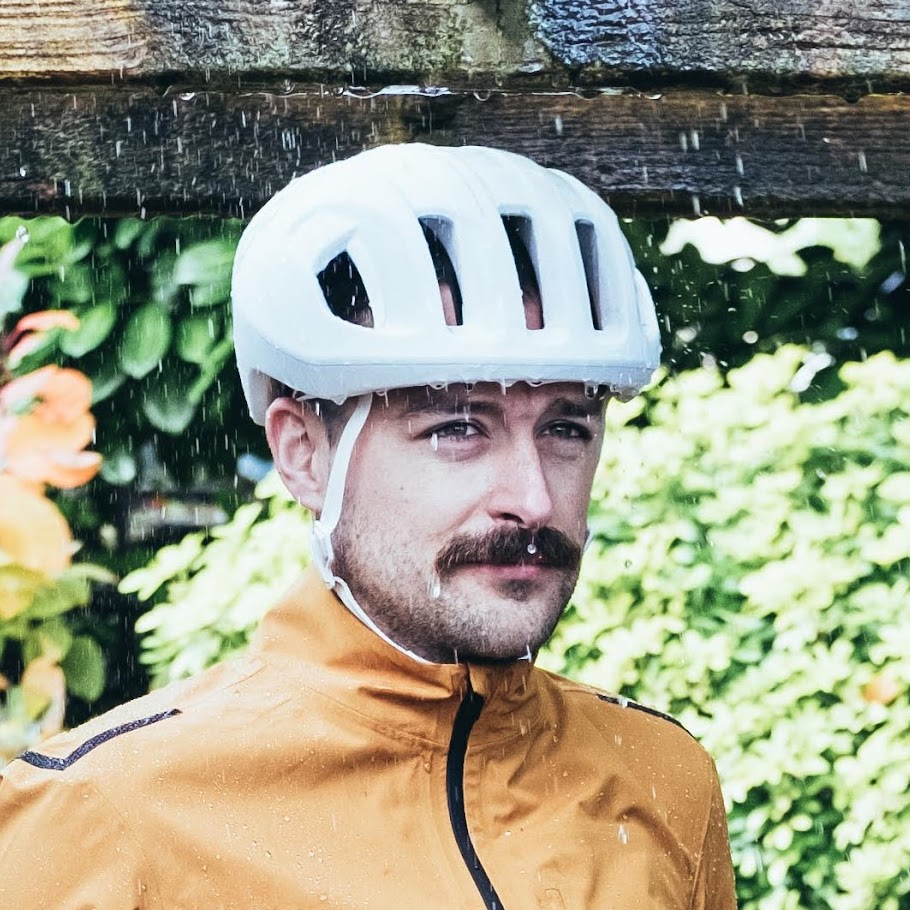
My internal thermostat tends to run on the hot side, even in very cold weather, and so my winter outfit of choice tends to be thermal bib shorts paired with a set of leg warmers over thicker bib tights. As well as being a little easier to stay cool in, it's also a much more versatile wardrobe choice, especially in spring and fall for my commutes where it might be chilly in the morning and lovely and warm by the time I head home.
The latest race content, interviews, features, reviews and expert buying guides, direct to your inbox!

Will joined the Cyclingnews team as a reviews writer in 2022, having previously written for Cyclist, BikeRadar and Advntr. He’s tried his hand at most cycling disciplines, from the standard mix of road, gravel, and mountain bike, to the more unusual like bike polo and tracklocross. He’s made his own bike frames, covered tech news from the biggest races on the planet, and published countless premium galleries thanks to his excellent photographic eye. Also, given he doesn’t ever ride indoors he’s become a real expert on foul-weather riding gear. His collection of bikes is a real smorgasbord, with everything from vintage-style steel tourers through to superlight flat bar hill climb machines.
